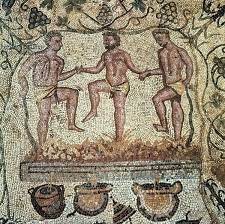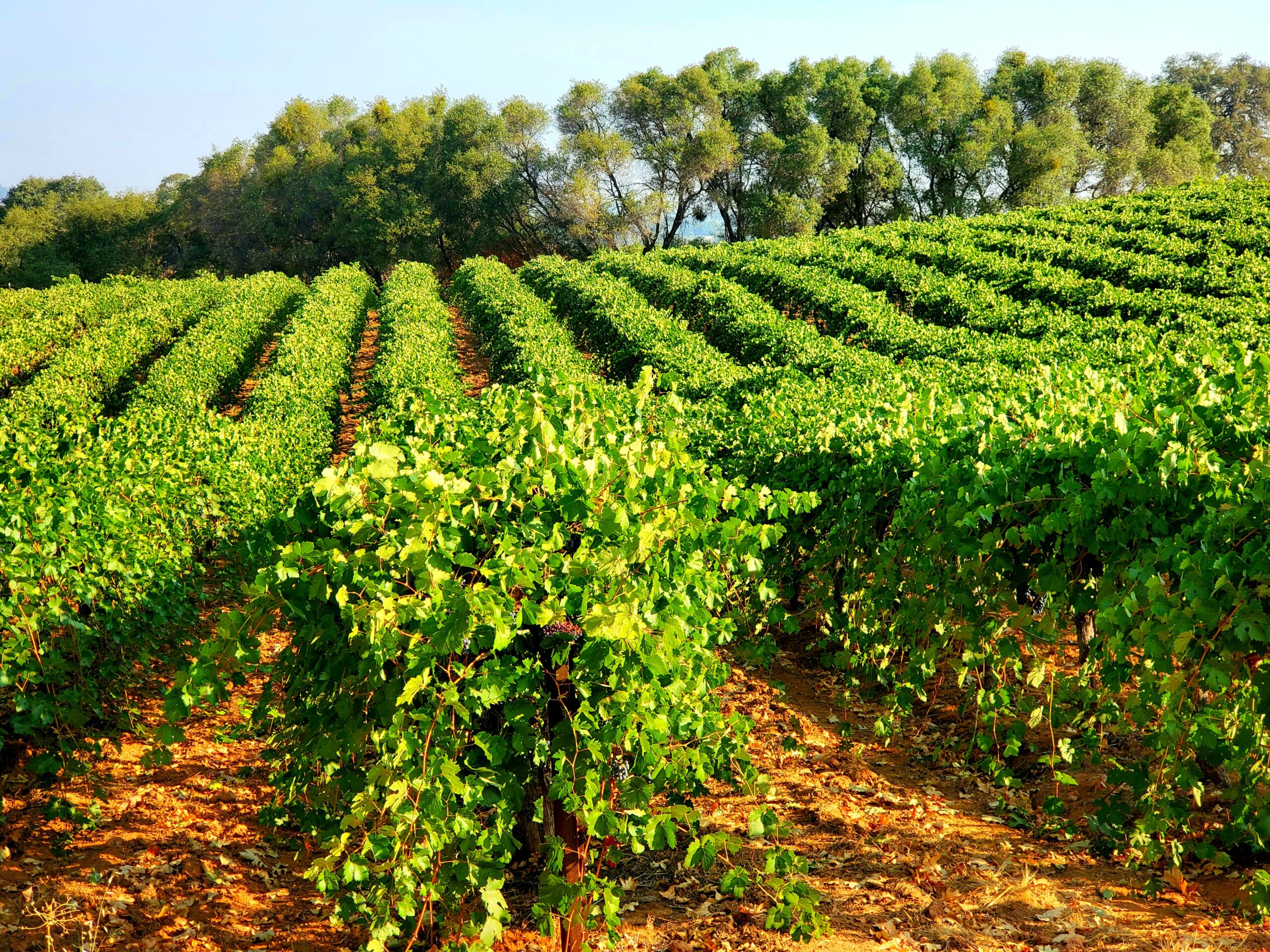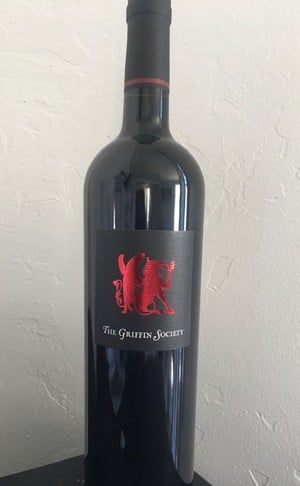Winemaking embodies both art and science. The winemaker has to decide when to harvest based on the right sugar content, acidity, and tannin. And there are dozens more scientific variables to consider throughout the growing and winemaking process. The artistry is in knowing how these different components will interact with each other in the field, the vat, the barrel, the bottle, and eventually in the glass. In the long run, what really matters is does it taste good? Do you enjoy drinking it?
The history of wine is closely tied to the history of human society. The first “wine” was probably discovered by accident when some early humans ate wild grapes that had fermented on the vine. How long did it take before someone figured out how to improve on that natural process? 
Today, viticulture and enology, the sciences of growing grapes and making wine, are taught at prestigious universities. Wine can be chemically analyzed at every stage of the process and adjusted with additives. Some wineries manipulate some of their products to provide a consistent flavor profile vintage to vintage, regardless of the natural differences that occur in the growing and winemaking cycle. And some winemakers prefer to keep things simple.
And that’s what I love about Scott Harvey Wines. Scott has access to some of the best wine grapes grown in Northern California and he generally lets the fruit speak for itself. Harvest the grapes at the right moment, crush them, ferment the juice, let it age, usually in oak barrels, but maybe stainless steel, and then bottle it. Scott doesn’t usually stray very far from that basic process. Scott’s 45-plus years of experience gives him deep insight into how annual differences in rainfall, temperature, length of the growing season and more will affect the year’s vintage.
That depth of experience also comes into play in the blending process. Many of Scott’s wines are 100 percent single varietal, and some, like the Toy Barbera, for example, are single-vineyard varietals—all Barbera from one very special vineyard. But he does blend some of our wines to provide a different flavor profile and to enhance the year-to-year differences in some varietals.
For example, take a taste of the 2018 Griffin Society Zinfandel sometime. (You have to be a wine club member to buy it.) The 2018 Zinfandel is a great wine on its own. Scott wanted to make a special wine for the Griffin Society so he blended in 24 percent of the 2018 Syrah, also a very nice stand-alone varietal. The resulting wine takes on a whole new personality with a beautiful, rich red color, a fruit-forward aroma, and a hint of cedar on the finish. It is a remarkable wine.
That’s the artistry of Scott Harvey’s winemaking. Sure, there’s science involved, too but it’s really his experience, knowledge, and palate that define Scott Harvey Wines. So, as always, we invite you to enjoy our wines with your eyes, your nose, and your palate. Share it with friends and family. Pair it with different food and enjoy it again and again in different settings. Scott Harvey wine is art in a bottle—with a little science to back it up.
